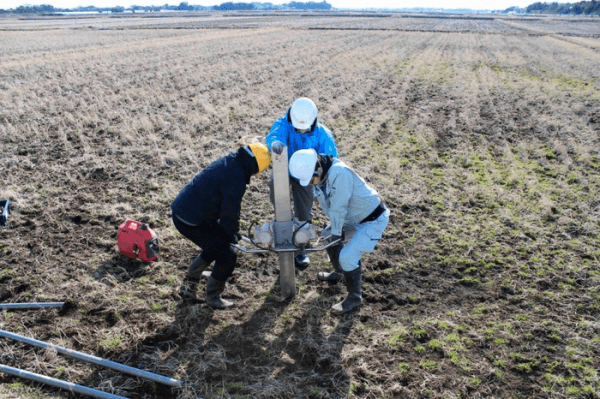Multiple large and destructive tsunamis in the past few decades in the Indian Ocean (2004), Chile (2010), and Japan (2011) have underscored the threat that tsunamis pose to coastal regions, ushering in a new era of research aimed at better predicting areas threatened by the fast-developing natural disasters.
But documenting and examining recent events does not provide enough information to fully characterize coastal hazards, said Tina Dura, an assistant professor of coastal hazards in Virginia Tech’s Department of Geosciences. Dura is taking a new approach to help overcome that information deficit. She’s looking at the past, with an aim to understand what may lie ahead.
“It is still too difficult to predict when a tsunami may strike if we only consider the recent past,” Dura said. “Some coastlines have not experienced a recent large tsunami, so we may underestimate the potential for infrequent, but large and destructive tsunami events,” Dura said. “We hope to change that by using geological history as our guide.”
Dura’s Coastal Hazards Lab uses sand beds deposited by tsunamis and preserved in coastal environments to reconstruct past tsunami inundation over hundreds to thousands of years, helping better define coastal hazards in a region.
Read more at: Virginia Tech
Virginia Tech and Japanese researchers extract sediment core from the Kujukuri coastal plain in Japan. (Photo Credit: Tina Dura)


